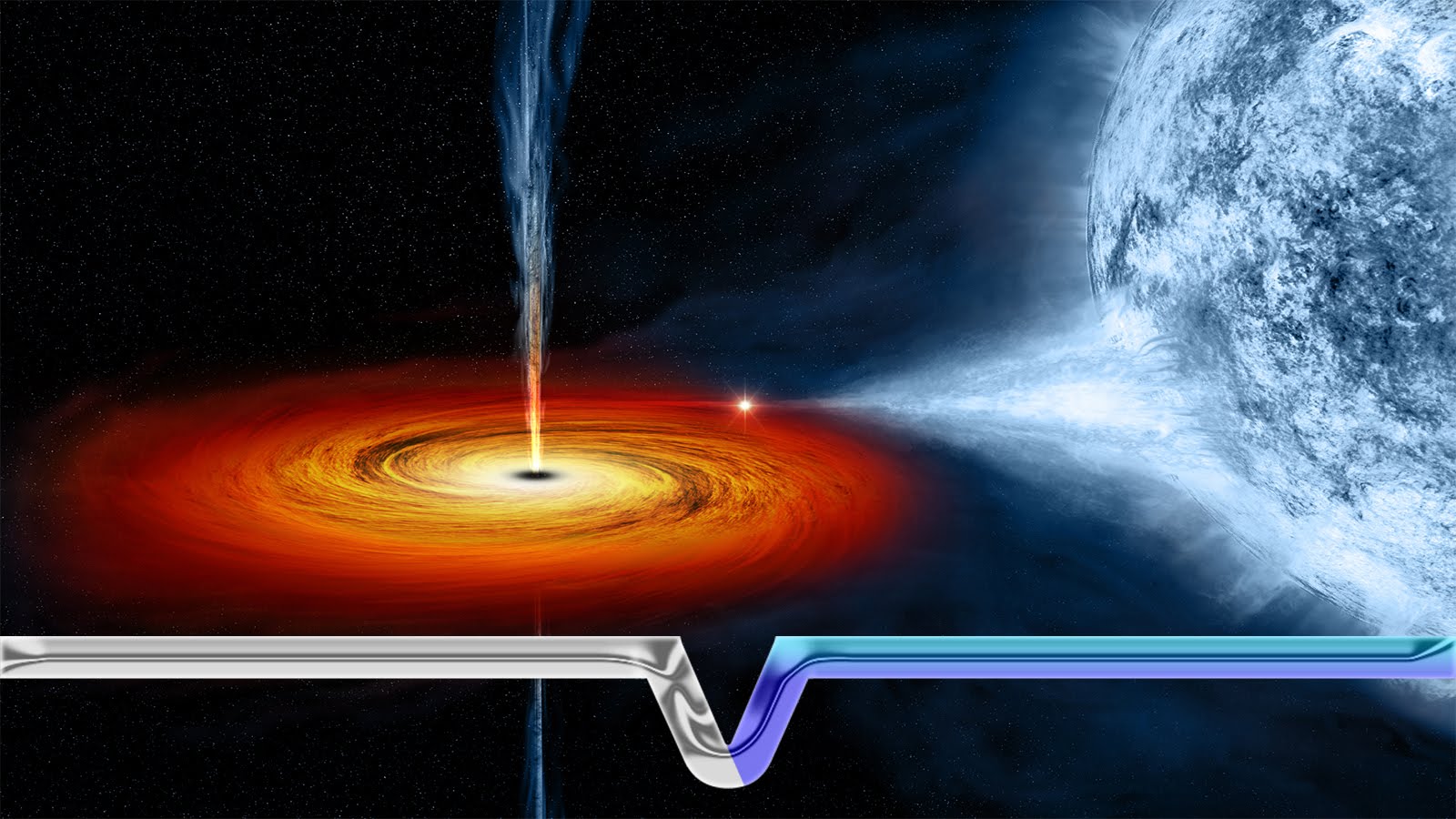As stated on the first page, here is the official acknowledgement of this find which they still cannot explain:
“The measurements correspond to the mass of a typical galaxy,” study lead author Benny Trakhtenbrot, an astrophysicist at the Swiss Federal Institute of Technology in Zurich, said in a statement. “We therefore have a gigantic black hole within a normal-size galaxy.”
Stay tuned as more details come in.
And here is a video on SMBH (Super Massive Black Holes) with some cool illustrations:
The biggest black holes are called SMBH or super massive black holes. These are the largest types and can be hundreds of thousands of solar masses. Super massive black holes can be more commonly found at the centre of galaxies. The Milky Way’s galactic centre contains an intense compact radio source that emits synchrotron radiation, this is 26,000 light years away from our solar system in a region called Sagittarius A, which coincides with a super massive black hole. Scientists in Germany have confirmed that the black hole is on the order of 4 million solar masses. Donald Lynden-Bell and Martin Rees hypothesized in 1971 that the centre of the Milky Way galaxy would contain a super massive black hole. This was, therefore the first that was ever discovered. But the biggest and most powerful ever discovered black hole to date is located at RX J1532, a galaxy cluster 3.9 billion light years away.
We hope you like the video and check back for updates.
thanks to space.com for the great info

black holes eat galaxies. and move on to eat up more galaxies. over time getting bigger and bigger.. as the center mass gets bigger, it gains more gravitational pull and eats up more. over billions of years eating and eating and eating, until it gets so much matter that it implodes on its self and all the matter spreads back out in a big bang. BOOM..
after the big bang, as matter is thrusted outward, pieces of magnetized iron collect together to slowly start forming large mass bodies. as these masses grow, the largest of these masses start growing in gravity. as this gravity grows it quickly swallows large amounts of mass from a vast area. as this material comes in from all different directions, the the magnetic and gravitational pull creates a spin. this spin helps to slow the pull of vast amounts of area in the far regions from the center mass. over time the center mass will collect so much matter, that it will have so much gravity, that light no longer reflects back. creating a black hole.. (zillion $ ?, how much gravity does it take for light not to reflect back). this process above creates one galaxy for that region of space in the universe.